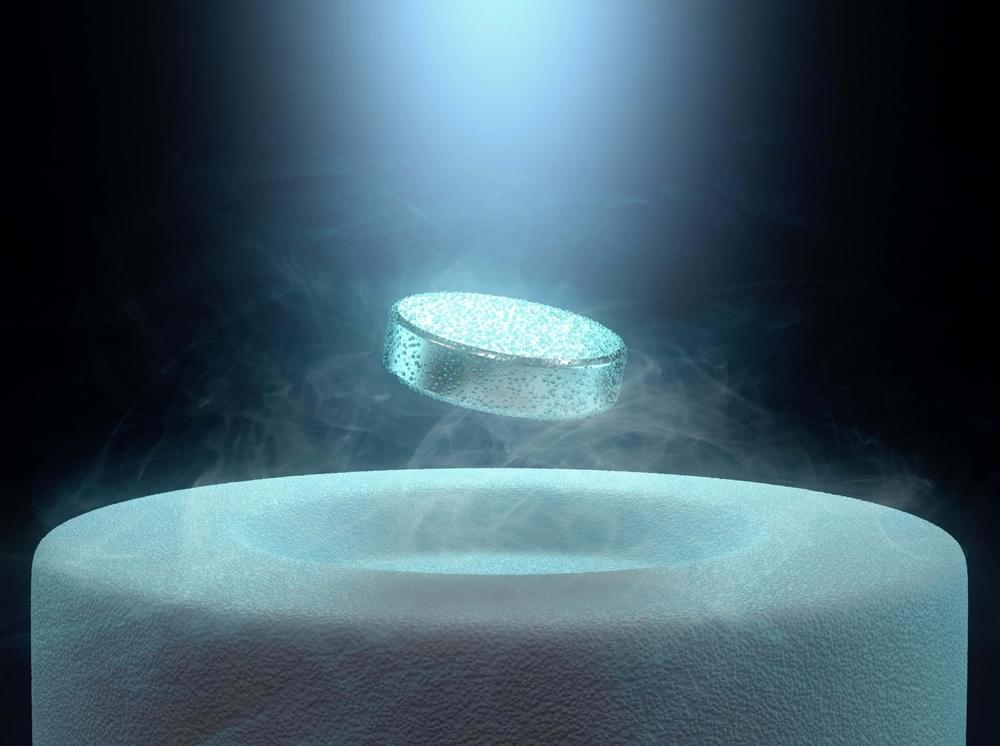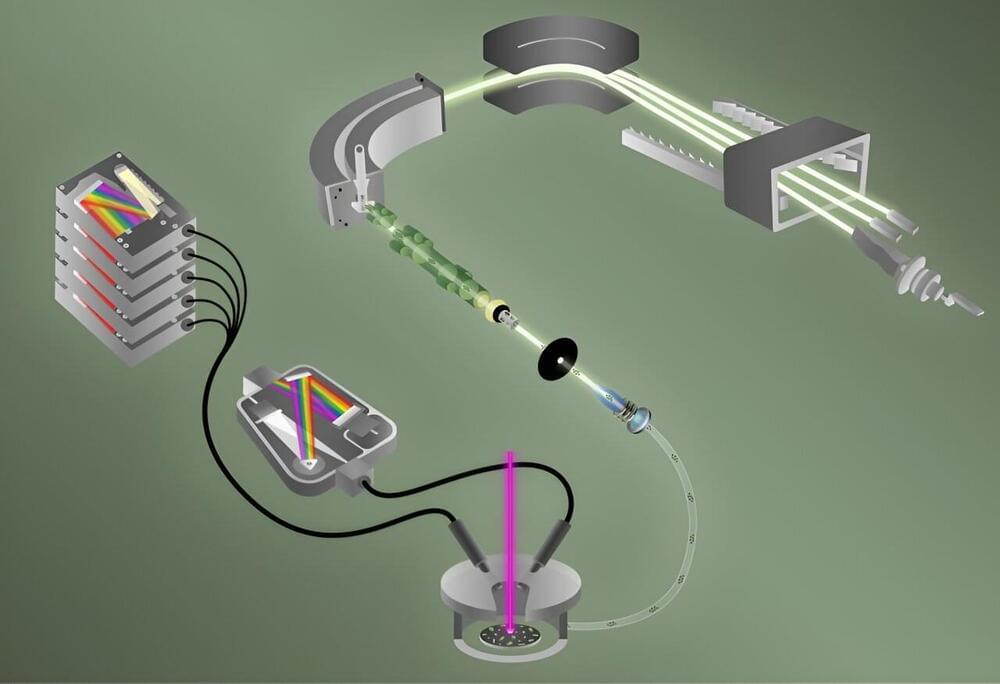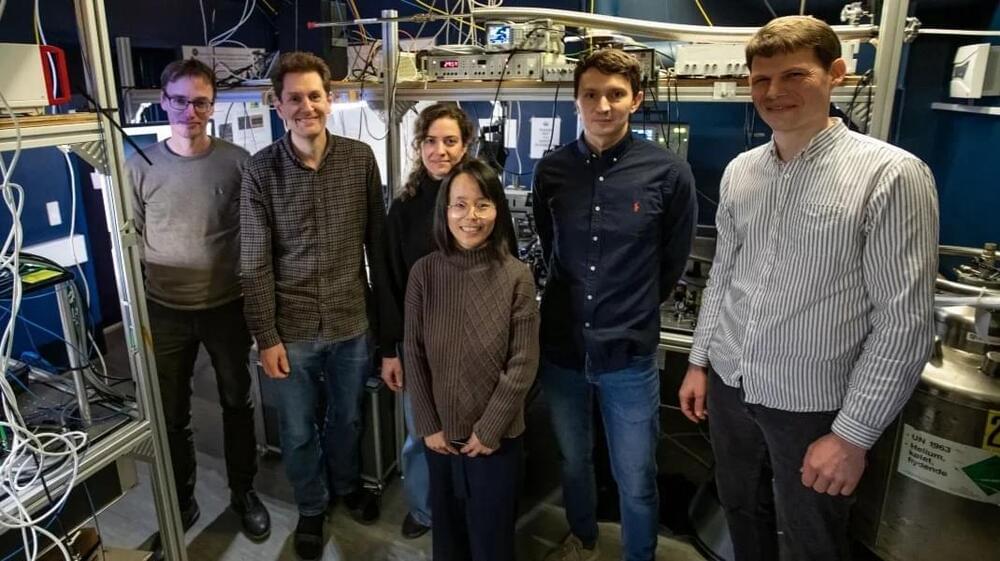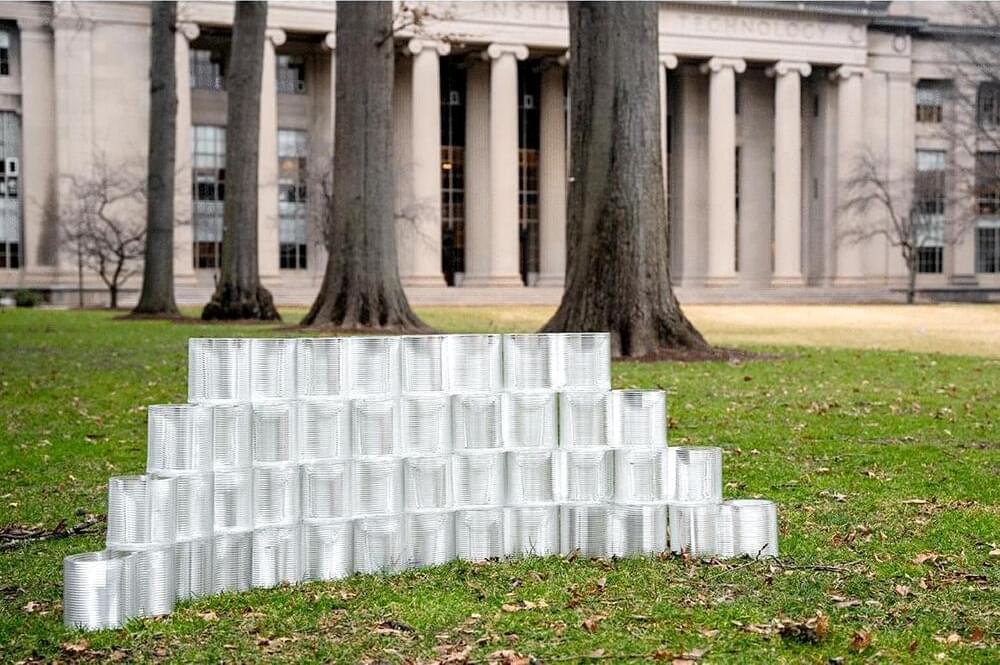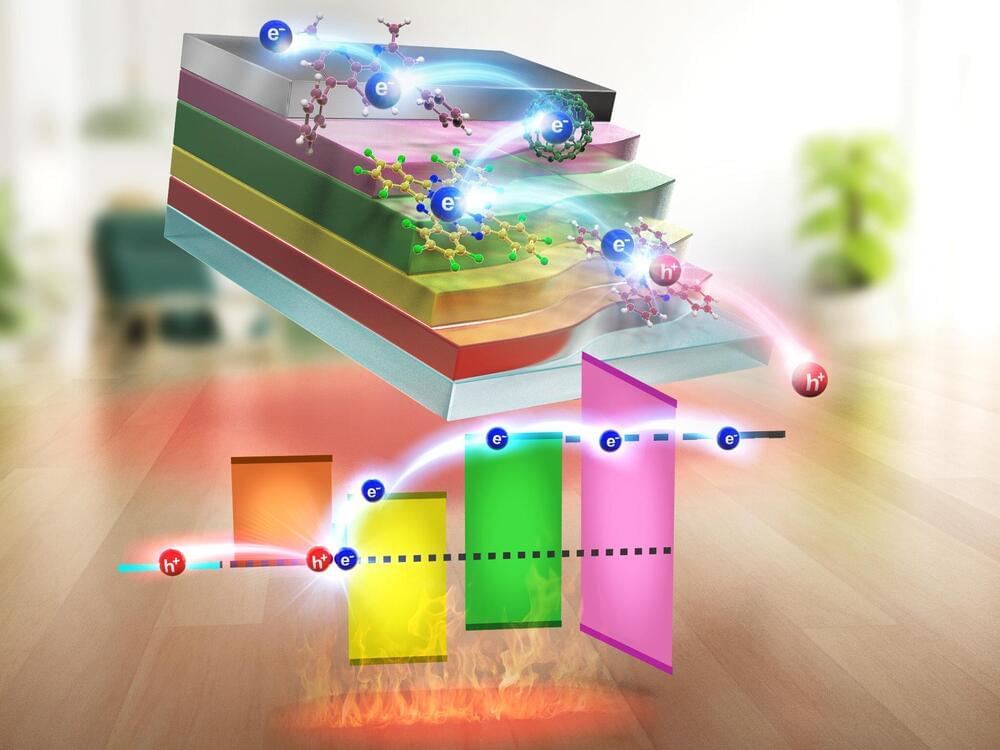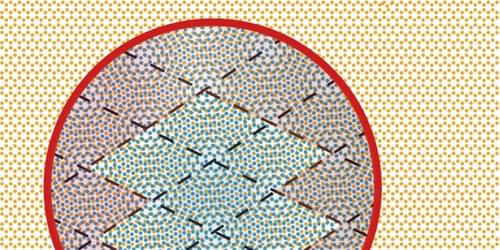
Experiments reveal the factors that determine the friction between the single-atom-thick layers in van der Waals materials, which may have uses in lubrication technology.
Van der Waals (vdW) materials consist of stacked, single-atom-thick layers, and these layers can experience very low friction as they slide over one another, a property that might be exploited for lubrication. A research team has now distinguished several contributions to this low friction and has shown that effects at the edges of the sliding regions dominate [1]. Some of their experiments involved sliding a several-layer-thick flake across a surface made of a similar material containing a crack, which allowed the team to systematically control the edge length. The findings could guide efforts to engineer controllable frictional forces into such materials in micromechanical devices.
The very low friction, called superlubricity, exhibited by vdW materials has been previously shown to depend on the relative orientations of the layers. If one layer is rotated by some angle, called the twist angle, with respect to the layer below, the two layers form a “superlattice” in which the two atomic lattices fall periodically in and out of registry, like a pair of overlaid combs with slightly different spacings. This arrangement is called a Moiré pattern, and the repeating elements, or unit cells, of the superlattice are called Moiré tiles. Superlubricity arises because, in general, the contributions to the frictional force from the atoms within one Moiré tile cancel each other out: Some exert a push, while others exert a pull.
